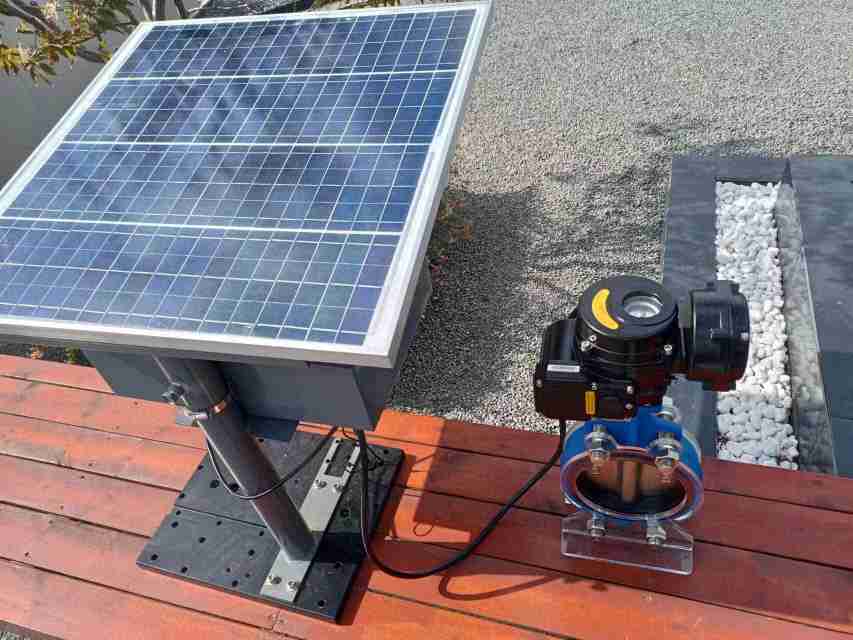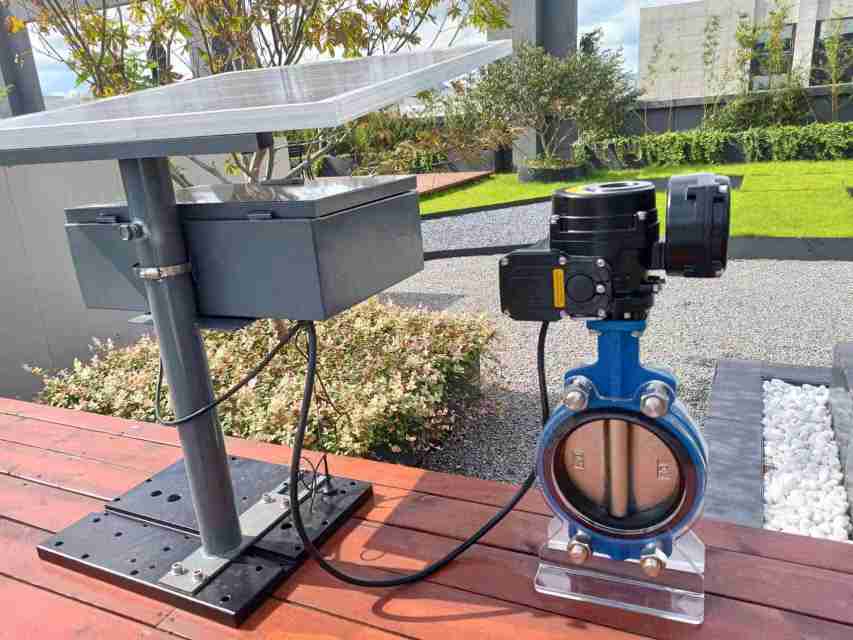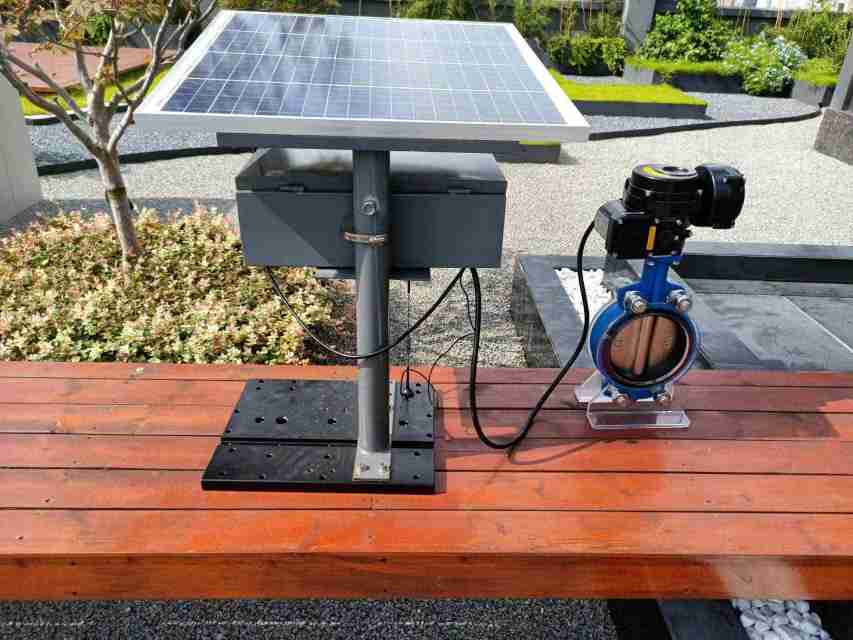Photovoltaic electric valves are an innovative and crucial component in modern energy systems, particularly in the renewable energy sector. These valves integrate photovoltaic technology with electrical control mechanisms, offering an advanced solution to optimize energy use, especially in solar power applications. This article explores the significance of photovoltaic electric valves, their working principles, applications, and the role they play in enhancing the efficiency and sustainability of energy systems.

What is a Photovoltaic Electric Valve?

A photovoltaic electric valve combines solar power technology with electric valve control systems. Photovoltaic cells are used to convert sunlight into electrical energy, which then powers the valve’s operation. The valve controls the flow of liquids or gases in various systems, including water, steam, and air. In energy systems, these valves are employed to regulate the distribution of power, manage system pressures, and maintain stability within the grid. Photovoltaic electric valves typically consist of a photovoltaic panel, an electric actuator, and a control unit. The photovoltaic panel captures solar energy, which is used to operate the actuator that controls the valve. The control unit processes input signals to manage the operation of the valve, ensuring it functions efficiently in response to varying system demands.
